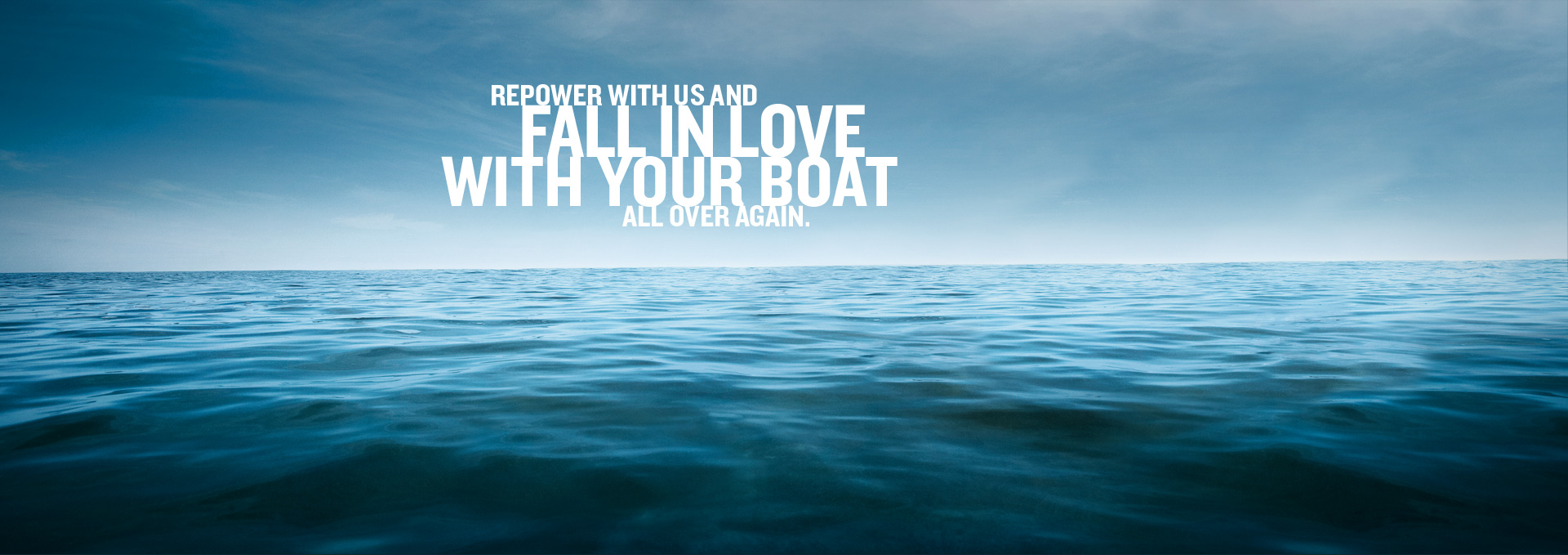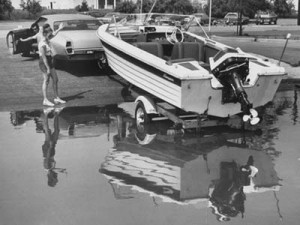The History of Synthetic Oil
 Yesterday we discussed why using premium oil is so important for boaters, but what I failed to mention was that most premium bulk oil on the market today is synthetic. And while we may think that synthetics are relatively new, their origins date back many decades. During the 1930s and 1940s, Dr. Hermann Zorn began to research new engine lubricant which wouldn’t coagulate or become sticky like the oils of his day. His research led him to the conclusion that esters held the answer. At the same time as Zorn’s research, the US was in the process of synthesizing esters for use in oils.
Yesterday we discussed why using premium oil is so important for boaters, but what I failed to mention was that most premium bulk oil on the market today is synthetic. And while we may think that synthetics are relatively new, their origins date back many decades. During the 1930s and 1940s, Dr. Hermann Zorn began to research new engine lubricant which wouldn’t coagulate or become sticky like the oils of his day. His research led him to the conclusion that esters held the answer. At the same time as Zorn’s research, the US was in the process of synthesizing esters for use in oils.
Synthetic oils were first used in WWII by both Germany and the United States. It wasn’t until the 1960s however until Chevron released the first synthetic for commercial use. The quality of synthetics has continually improved, with new esters and methods constantly being utilized. Today, synthetic oils are the gold standard of the industry.















